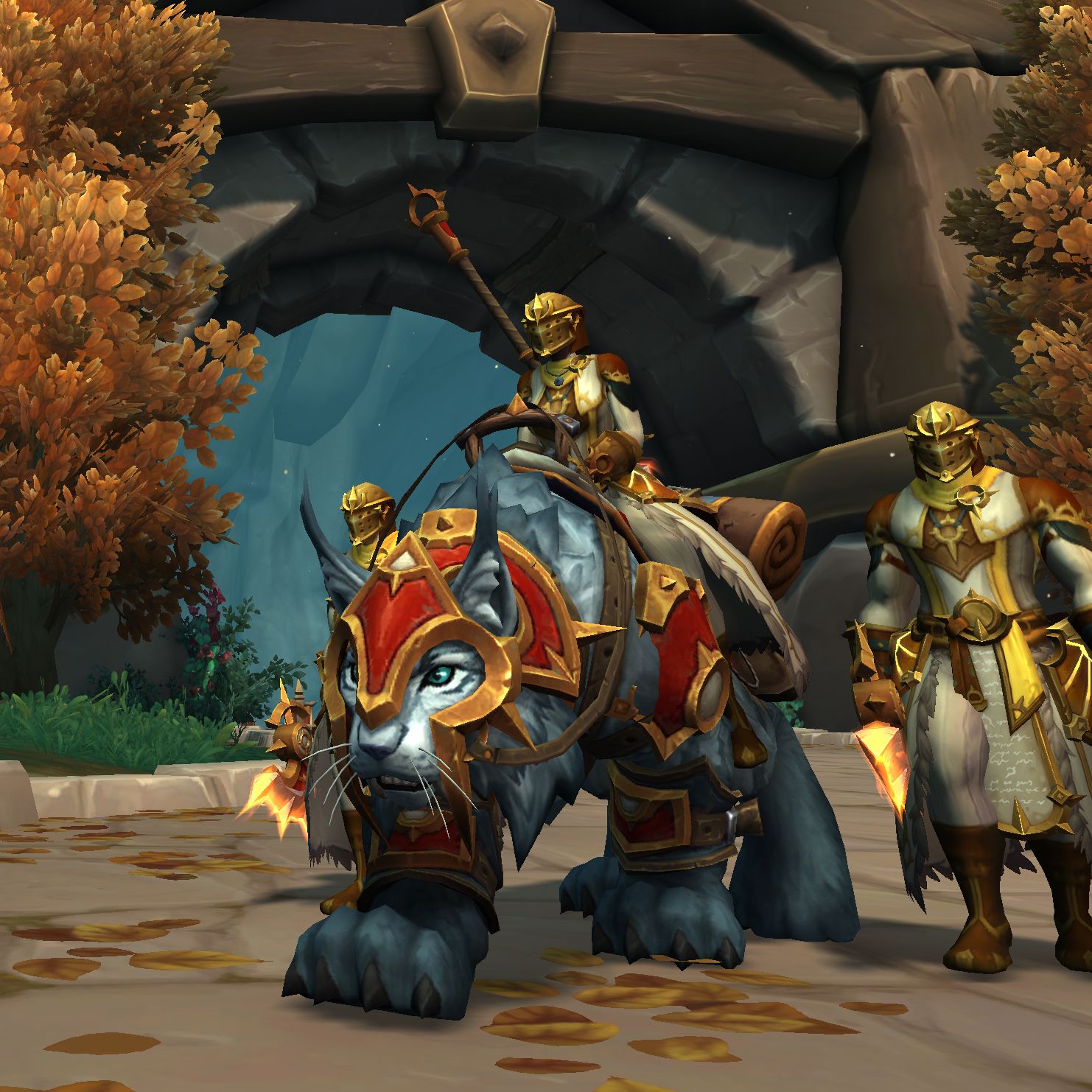
In the realm of game creation, obstacles abound as plentiful as the pixels on a display, with every endeavor presenting its distinct array of challenges. For the crew behind “Arc Raiders,” a title that has piqued the curiosity of many, the path was similarly complex. When queried about the most difficult aspect of crafting their game, the remarks from executive producer Aleksander Grøndal were both enlightening and disclosing.
Game creation is often compared to an elaborate puzzle, where each segment must align flawlessly to forge a unified and captivating experience. For “Arc Raiders,” one of the primary hurdles was designing an economy of loot and crafting components that felt gratifying instead of burdensome. This facet of game design is vital, as it influences player engagement and contentment directly.
The team sought to establish a framework where players could collect various materials, ranging from ordinary Mechanical Components to rare items for specific weapons, without the sensation of merely amassing “cash value.” This demanded a careful equilibrium, guaranteeing that the loot system was both significant and encouraging, inspiring players to explore and interact with the game’s environment.
Moreover, the developers had to navigate additional complexities, such as refining the game mechanics, sidestepping obligatory progression resets, and tackling issues regarding the employment of generative AI. Each of these factors necessitated inventive solutions and a profound comprehension of player anticipations.
Ultimately, the most challenging aspect of producing “Arc Raiders” was not solely focused on rectifying technical issues but on crafting an experience that struck a chord with players. By prioritizing a significant item meta and ensuring that every component of the game contributed to a fulfilling experience, the developers successfully navigated these difficulties and presented a game that distinguishes itself in the saturated gaming arena.